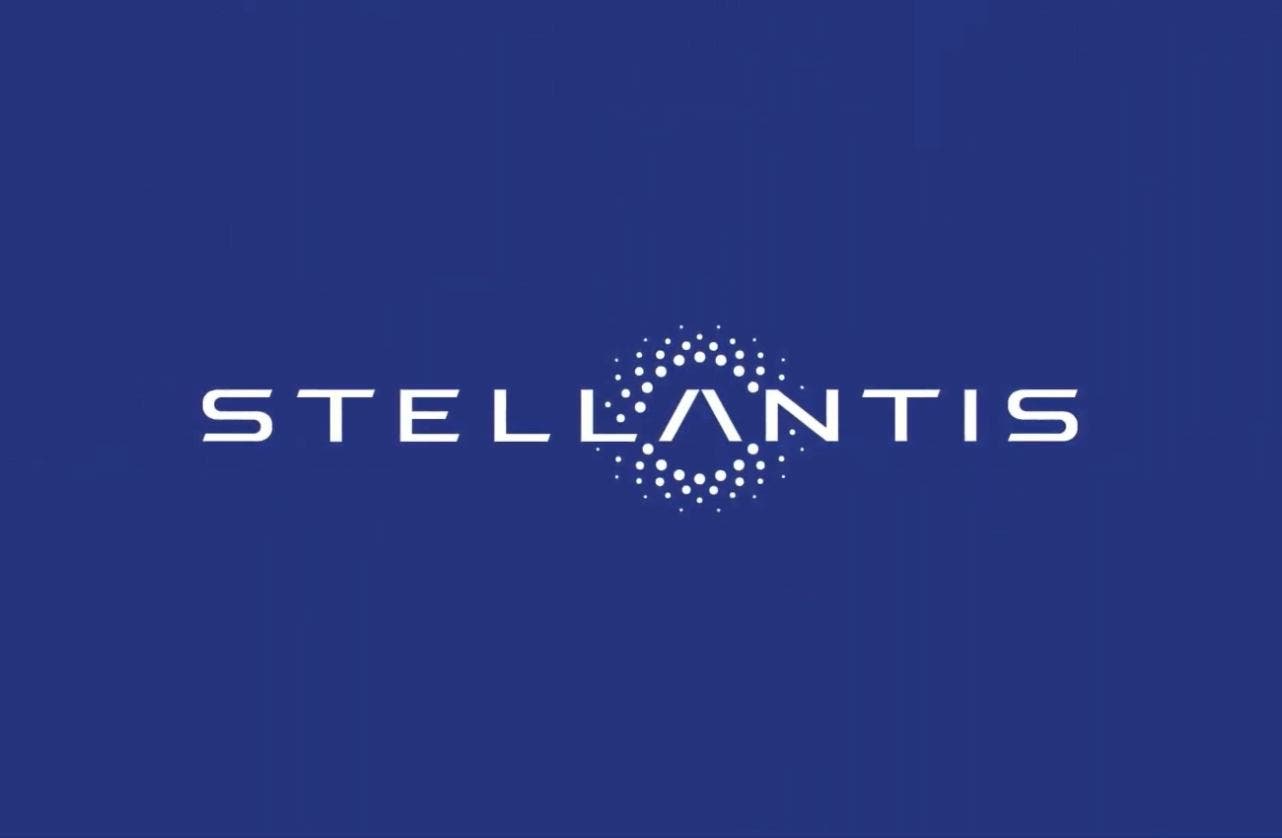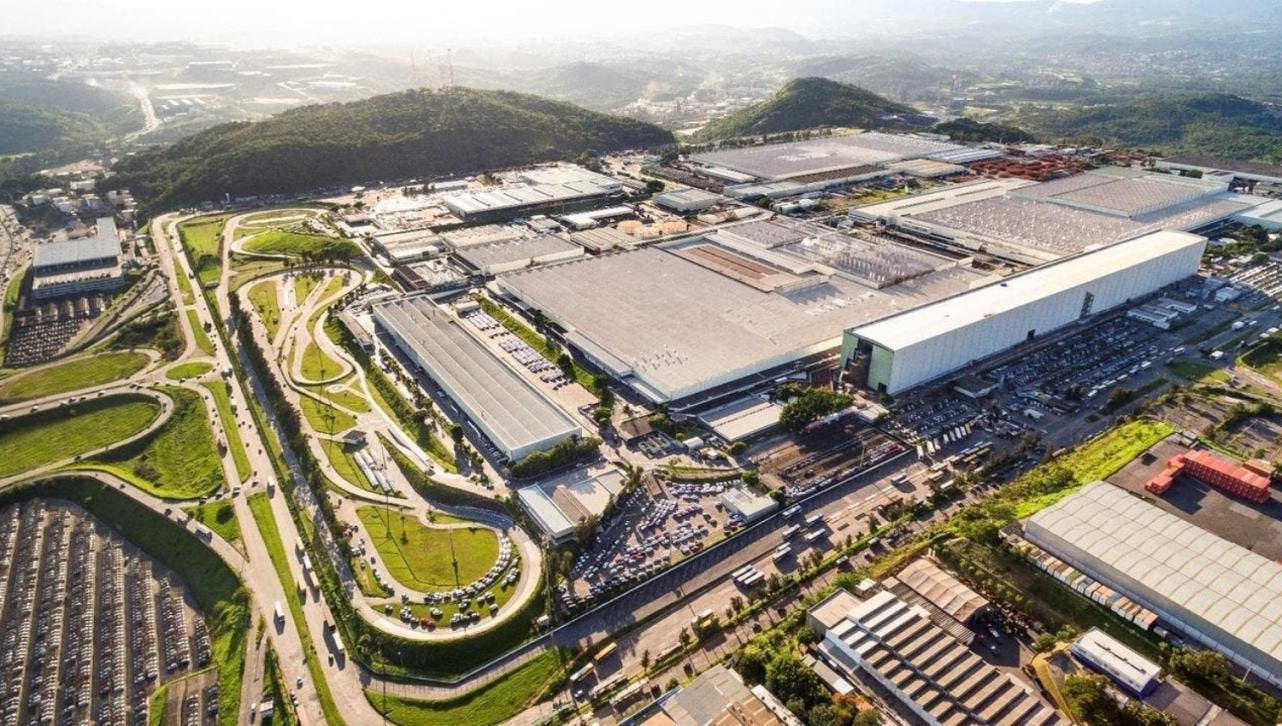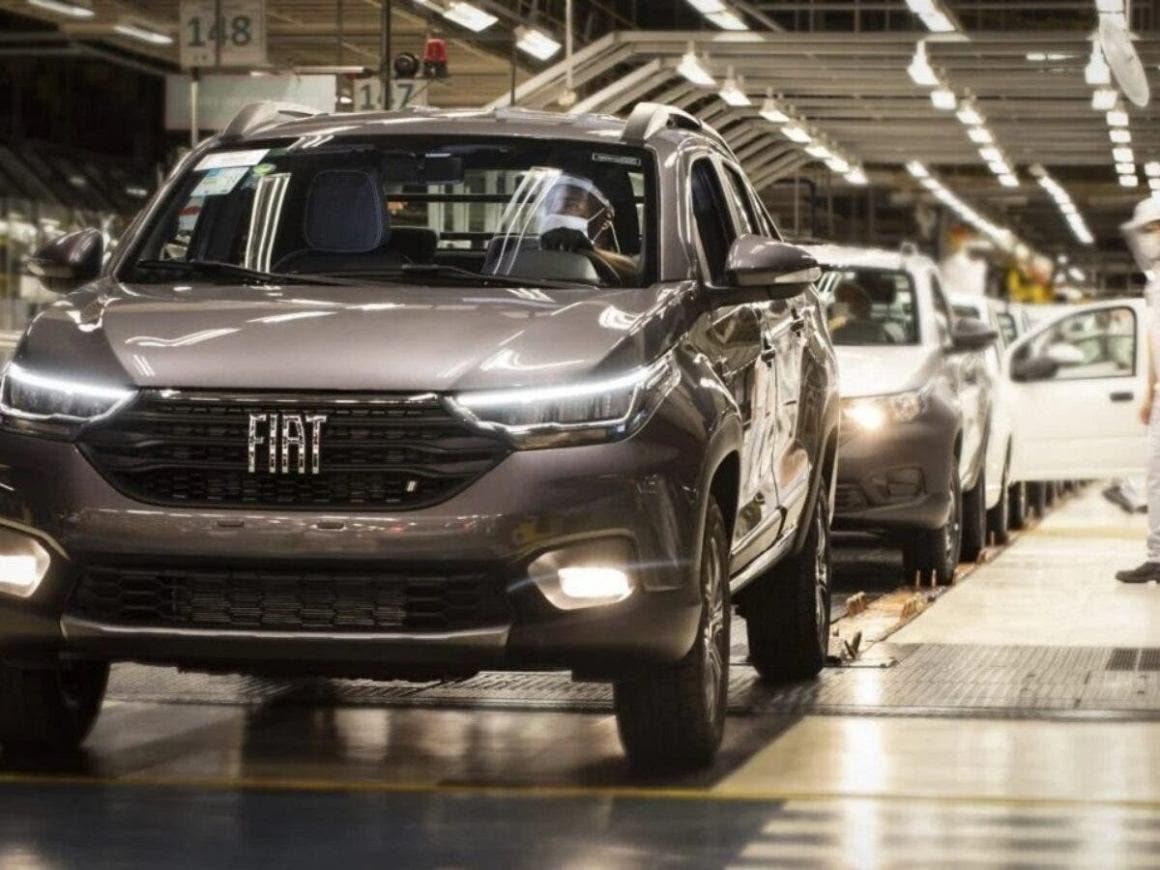During an interview with Brazilian media, Stellantis’ President for Latin America, Emanuele Cappellano, explains that the investments announced in recent weeks for the Betim plant will be primarily directed towards the evolution of hybrid technologies for vehicles. The head of the automotive group in South America also emphasized the strength of the Brazilian market: the Group sells more cars in Brazil than in Europe, the company’s birthplace.
Stellantis invests in Brazil, one of its key markets

“Stellantis is today the largest automaker in the country and its market presence is the largest in all of Latin America. Clearly, when we talk about Minas Gerais, the Fiat brand is the most beloved, but we also own and sell Peugeot, Jeep, and Citroën, brands with a very long history in the country and in Latin America,” Cappellano stated.
Thinking about the technological transition, the Stellantis president detailed the technologies necessary for the development of hybrid vehicles, which combine electrification with flex-fuel engines powered by ethanol, expected to arrive on the market in the second half of the year. We recall that among the first hybrid models to arrive in Brazil from the automotive group will be the Fiat Pulse and Fiat Fastback.
“We announced a few weeks ago investments of 14 billion reals in Minas Gerais, which are part of a broader investment that will reach 32 billion reals in Latin America. In this moment of technological transition that we are experiencing, it is necessary to introduce platforms with new hybrid technologies, and this requires investments and resources,” said Cappellano.

The investment in the Betim industrial plant is part of a very large project that envisions investments of 32 billion reals by Stellantis in South America. The manufacturer closed the first three months of the year with a 30% market share in Brazil and 33% in Argentina. On average, the company is responsible for 23% of car production across South America.

